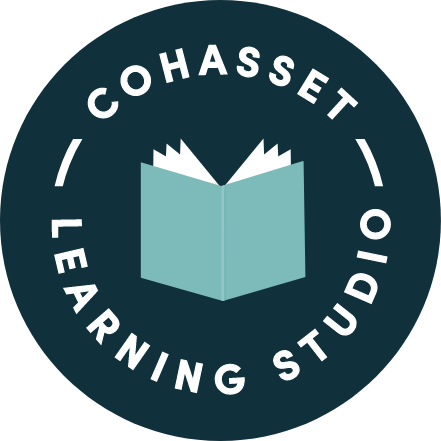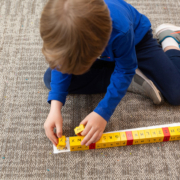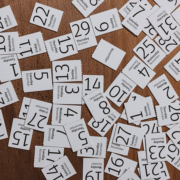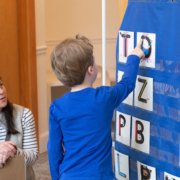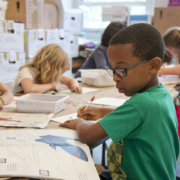Moving Beyond Orton–Gillingham—What Comes Next?
Orton–Gillingham is a powerful approach for early and struggling readers, but what happens once a student masters those foundational skills?
As students grow in confidence and ability, we gradually transition them to more advanced work introducing morphology, multisyllabic decoding, vocabulary development, and reading comprehension strategies. We also expand writing instruction, helping students move from spelling-focused sentences to well-organized paragraphs and essays.
This transition is important. Students need more than phonics. They need to learn how to think deeply about texts, use academic language, and express complex ideas.
Our tutor plans will grow and morph with your child.
